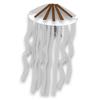
A disc-shaped, milky white bell up to 8 inches wide; some have reddish-brown stripes or splotches. Obvious tentacles 2-3 times as long as bell is wide. Common in summer.

Shape, body structure, color, size
"Jellyfish," or more properly gelatinous zooplankton, can be distinguished from one another by their shape, size, color, and other bodily features, as well as by where and when they typically occur. Here's a quick guide to help you identify the jellies you're likely to encounter in Chesapeake Bay and mid-Atlantic waters.
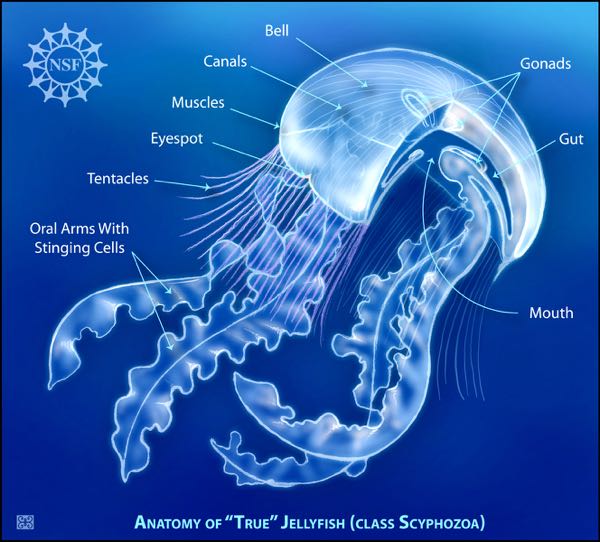 |
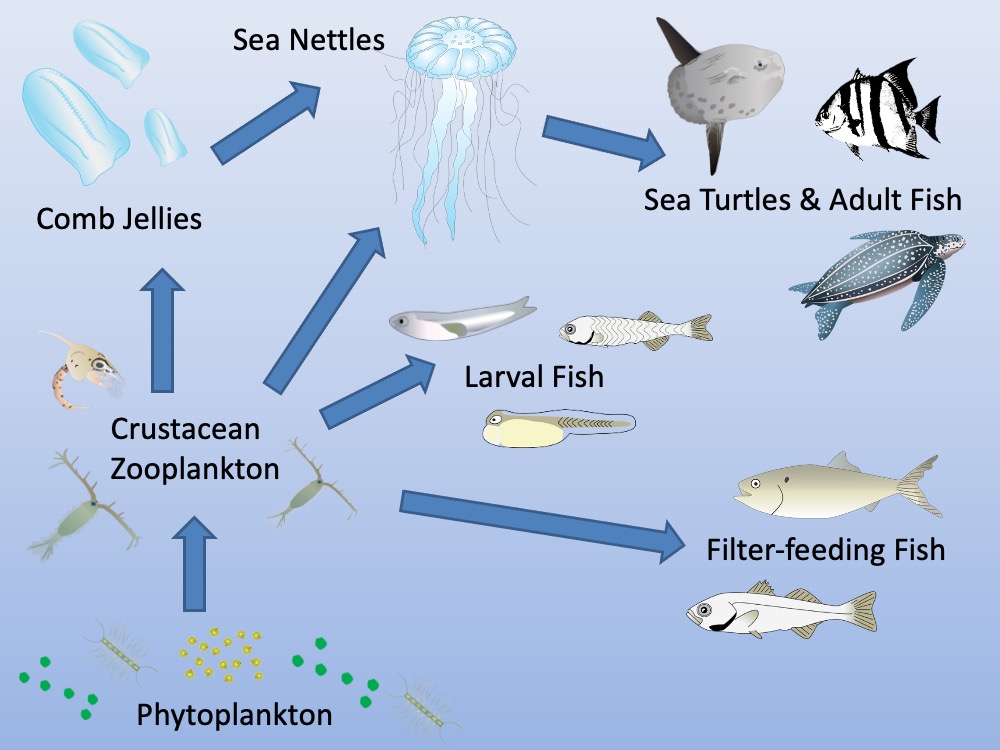 |

A disc-shaped, milky white bell up to 8 inches wide; some have reddish-brown stripes or splotches. Obvious tentacles 2-3 times as long as bell is wide. Common in summer.
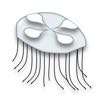
Disc-shaped, clear to whitish bell is about the size of a dinner plate, with fine tentacles that make a short fringe. Central gonads (in the shape of a 4-leafed clover) are prominent.
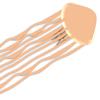
The world's largest jellyfish, with a bell up to 6 feet wide and tentacles exceeding 100 feet, although it grows much smaller in Chesapeake Bay. Generally orangish-brown.
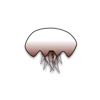
A meaty jelly with noticeable oral arms but no tentacles. Outer edge of swimming bell is fringed. Softball to volleyball-sized. Uncommon winter visitor.
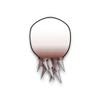
A deep-red, meaty jelly with noticeable oral arms but no tentacles. Outer edge of swimming bell is smooth. Softball to volleyball-sized. Uncommon winter visitor.
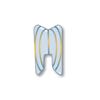
Golfball-sized and shaped like the meat of a walnut. Clear or whitish, these animals lack tentacles but have a series of linear "combs" that light up when the animal is agitated.
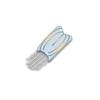
Similar in size and shape to the sea walnut, but lacks the lobes while retaining long tentacles into adulthood. A rare visitor to Chesapeake Bay during spring.
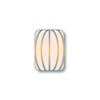
These golf-ball sized, barrel-shaped animals have radial "combs" that light up when agitated. Body is typically pink or brown. No distinct lobes like the sea walnut.